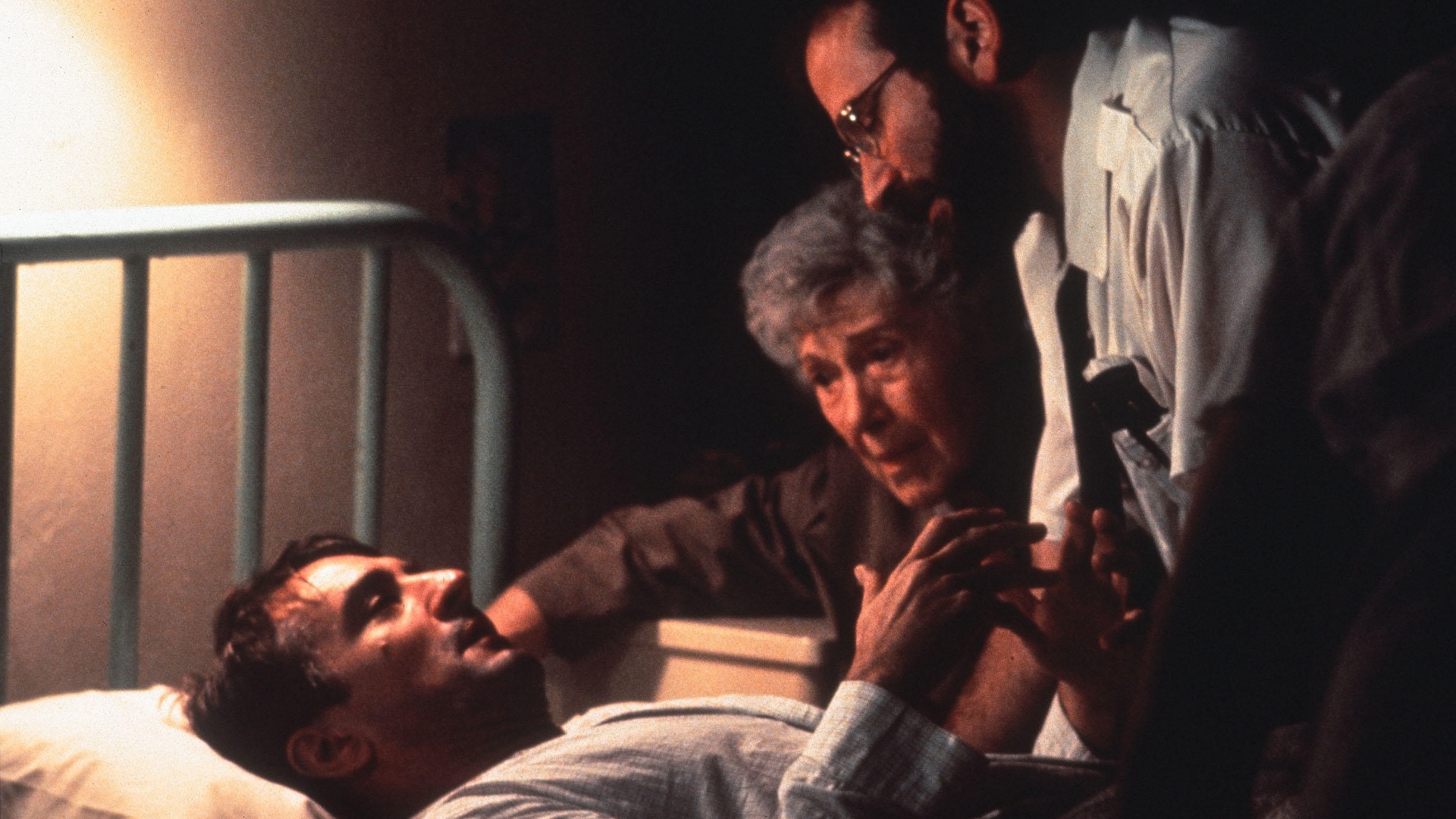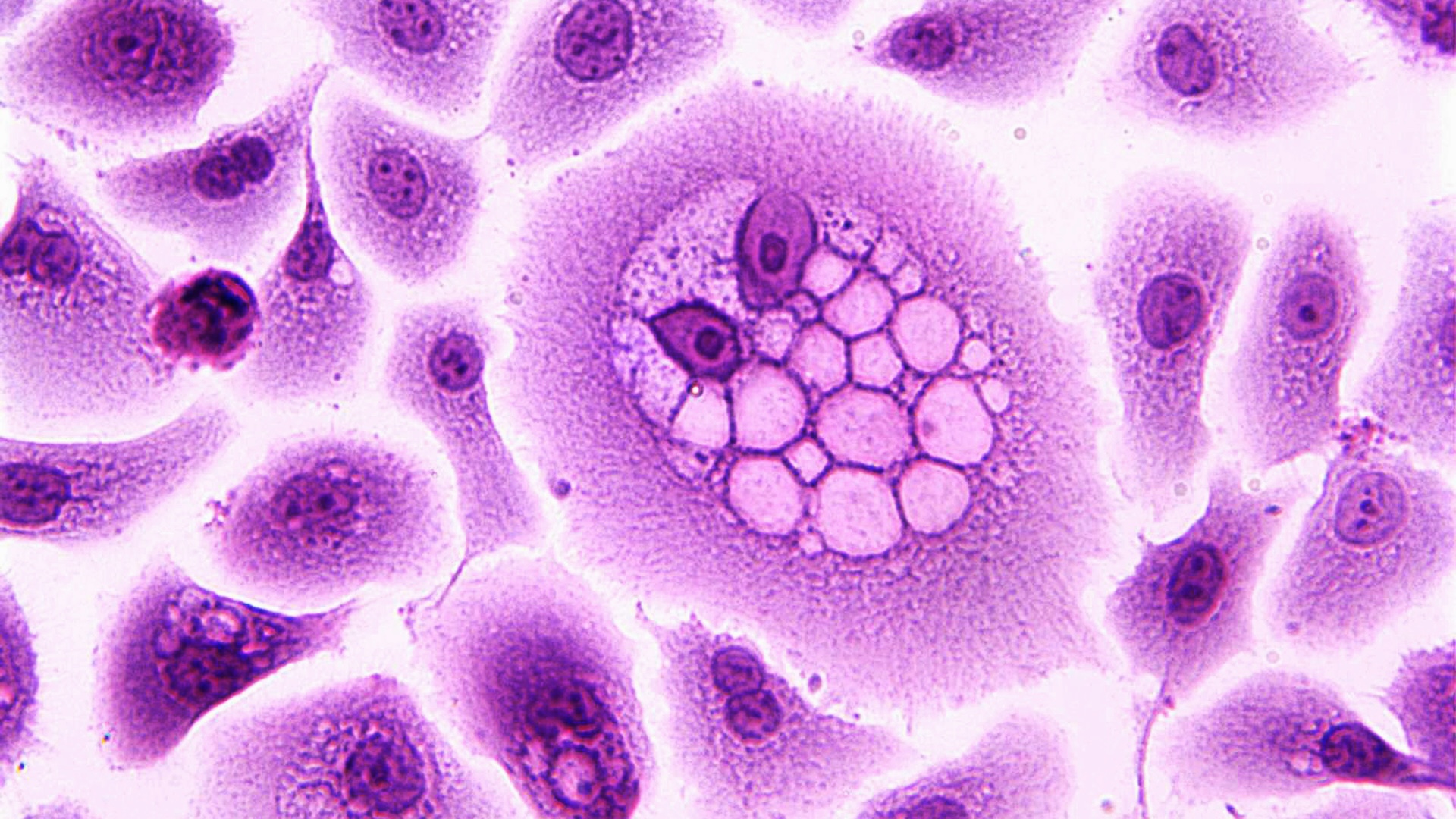Fishes, Vol. 8, Pages 294: Changes in the Gut Microbiota Composition of Juvenile Olive Flounder (Paralichthys olivaceus) Caused by Pathogenic Bacterial Infection
Fishes doi: 10.3390/fishes8060294
Authors: Dong-Gyun Kim Su-Jeong Lee Jong Min Lee Eun-Woo Lee Won Je Jang
The fish gut microbiota plays an important role in overall health. However, few reports have described the changes in the composition of gut microbiota following infection with pathogenic bacteria in olive flounder (Paralichthys olivaceus). Here, we reported the changes in the gut microbiota composition of flounder after treatment with each of the three pathogenic bacteria (Edwardsiella tarda, Streptococcus iniae, and Vibrio harveyi). Edwardsiella tarda infection decreased the relative abundance of Verrucomicrobia and increased Proteobacteria abundance at the phylum level of the gut microbiota over time. Similarly, Streptococcus iniae infection reduced the relative abundance of Verrucomicrobia. Vibrio harveyi infection caused a decrease in the relative abundance of Firmicutes and Verrucomicrobia and increased Proteobacteria. At the genus level, infection with all three pathogens increased the relative abundance of Ralstonia and Sphingomonas species. Conversely, this infection decreased the relative abundances of Rubritalea, Saccharimonas, and Bacillus species. Therefore, reducing the abundance of Ralstonia and Sphingomonas and increasing the abundance of Rubritalea, Saccharimonas, and Bacillus in the gut microbiota composition of flounder might help maintain a healthy gut microbiota balance. This research might be useful for future studies on improving the health of flounder through gut microbiota regulation.

 1 year ago
30
1 year ago
30


